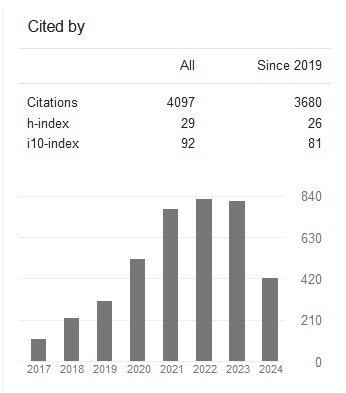Palynotaxa and Parasitic Loads of Nigerian Currency: Potential Sources of Microbial Transmittance( Vol-2,Issue-6,June - June 2016 ) |
|
Author(s): Ezikanyi D. N., Ani O.C., Nnamani C.V., Nwankwo O. E. |
|
Keywords: |
|
|
Currency notes, Pollen, Fungal spores, health, Ebonyi State. |
|
Abstract: |
|
|
Currency notes are handled by a large number of people under a variety of personal and environmental conditions. A total of ninety six samples of one hundred naira denomination of Nigerian notes were procured from seven Local Government Areas (LGA) of Ebonyi State, Nigeria. The aim of the study was to determine the palynotaxa and parasitic load prevalent on currency notes. The leachates of currency notes were obtained and subjected to acetolysis and examined microscopically. Twenty six fungal spores type were recorded and were highly dominated by spores of Libertelli spp., Botrytis spp. and Spadicoides spp. Pollen achieved 54 % of the total bio-particles, whereas fungal spores and parasitic worms achieved 35.2 % and 10.60 %, respectively. The presence and relative abundance of these palynotaxa and parasites in currency notes affirms their propensity to spread vectors of diseases. |
|
Cite This Article: |
|
| Show All (MLA | APA | Chicago | Harvard | IEEE | Bibtex) | |
Share: |
|

 DOI:
DOI: 



























